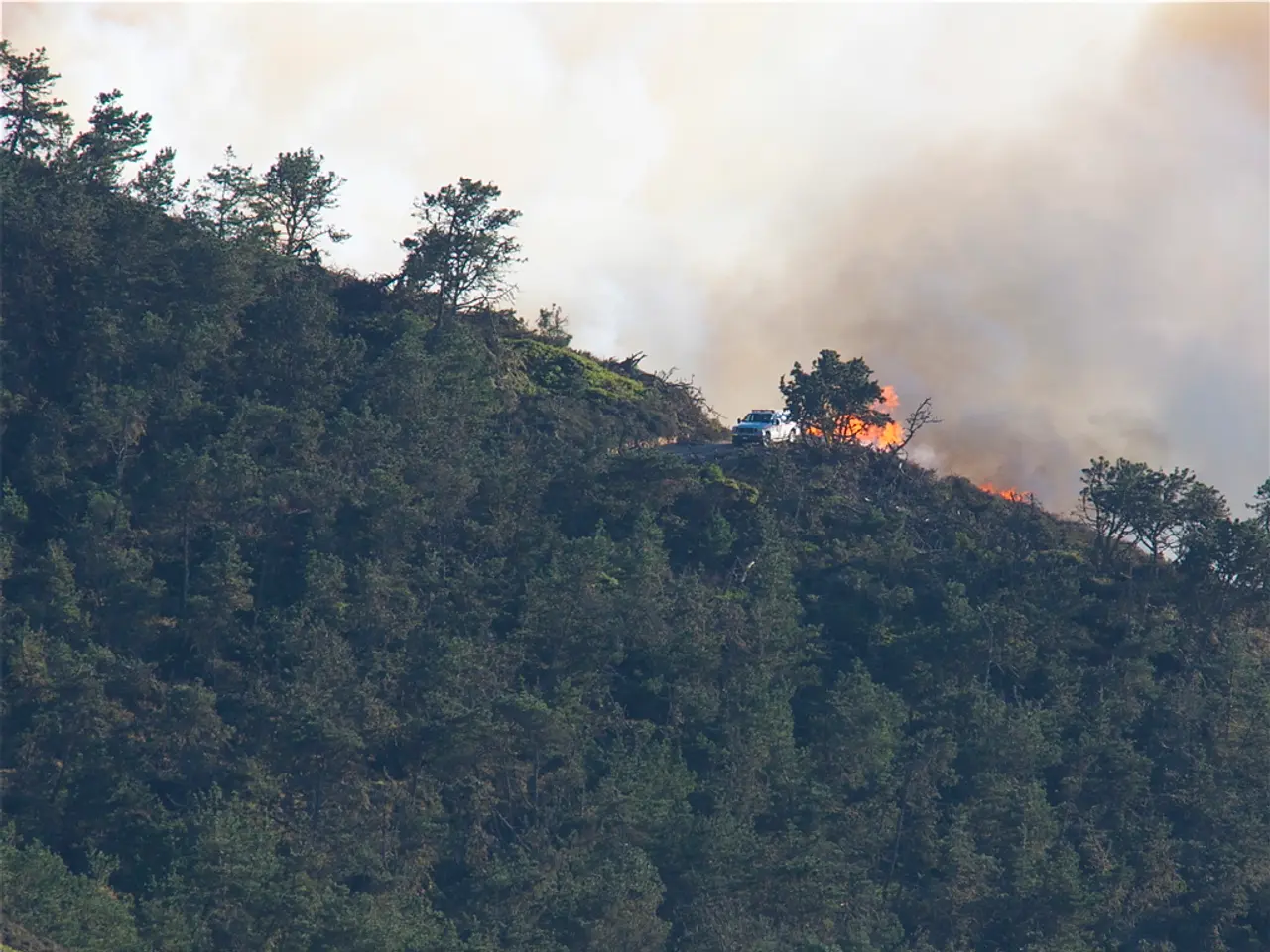Prolonged excessive heat spans Spain for the duration of multiple years
Spain is gearing up for an extended heatwave, expected to be the longest in years, with temperatures soaring to record-breaking levels. The current heatwave, which began on August 3, is anticipated to last at least until August 12-13, with temperatures reaching extremely high levels, generally between 40°C and 43°C, and some areas such as parts of Andalusia and Extremadura expecting up to 44-45°C.
This heatwave affects much of the country, including southwestern and central regions, the Ebro valley, the northeast, and the Canary Islands. The regions most affected include Andalusia, Extremadura, Castilla-La Mancha, Madrid, southern Galicia, the Guadiana and Guadalquivir river valleys, and the Canary Islands.
The intense and prolonged heatwave poses significant risks to wildlife, particularly vulnerable species and those in drought-affected habitats. The high temperatures, combined with dry conditions, also heighten wildfire risks, leading to numerous wildfires that have forced evacuations in multiple regions. These wildfires disrupt animal habitats, causing displacement and mortality among wildlife.
The national weather service Aemet in Spain has issued a warning for this imminent heatwave, with the Canary Islands, including Gran Canaria, Lanzarote, Fuerteventura, and Tenerife, likely to be affected. Aemet issued warning levels in 14 out of 17 autonomous communities on Friday, with the alert level red issued for specific autonomous communities, including the Canary Islands. The alert level red was issued for Saturday and Sunday in the Canary Islands, indicating a particularly high health risk.
The Canary Islands, popular among tourists, are likely to experience a high health risk. The humidity by the sea in tourist areas like Barcelona and the Costa del Sol can make the heat even more oppressive. On the Balearic Islands, including Mallorca, temperatures are around 35 degrees. Temperatures above 44 degrees are expected in the southwest of Spain on Tuesday.
The total duration of this heatwave could be around twelve days. The Canary Islands were given the highest alert level, indicating a particularly high health risk. High temperatures around 40 degrees Celsius are expected in large parts of Spain, lasting until Thursday.
This heatwave is notable for its duration and intensity, creating severe conditions for both humans and wildlife across Spain. The impact on wildlife during this intense and prolonged heatwave includes increased risks of heat stress, dehydration, and deaths. The high temperatures, combined with dry conditions, also heighten wildfire risks, leading to numerous wildfires that have forced evacuations in multiple regions, causing displacement and mortality among wildlife.
The community and environmental-science sectors in Spain are issuing urgent warnings due to a prolonged heatwave, the longest in years, threatening both human health and wildlife. The national economic policy, including tourism and agriculture, could face significant disruptions due to the impact of this heatwave on the environment.
The scientific community is monitoring the situation closely, assessing the potential long-term consequences of this extreme weather event on the ecosystem andpredicting future occurrences with similar intensities, a matter of increasing concern for economic policy and community policy planning.







